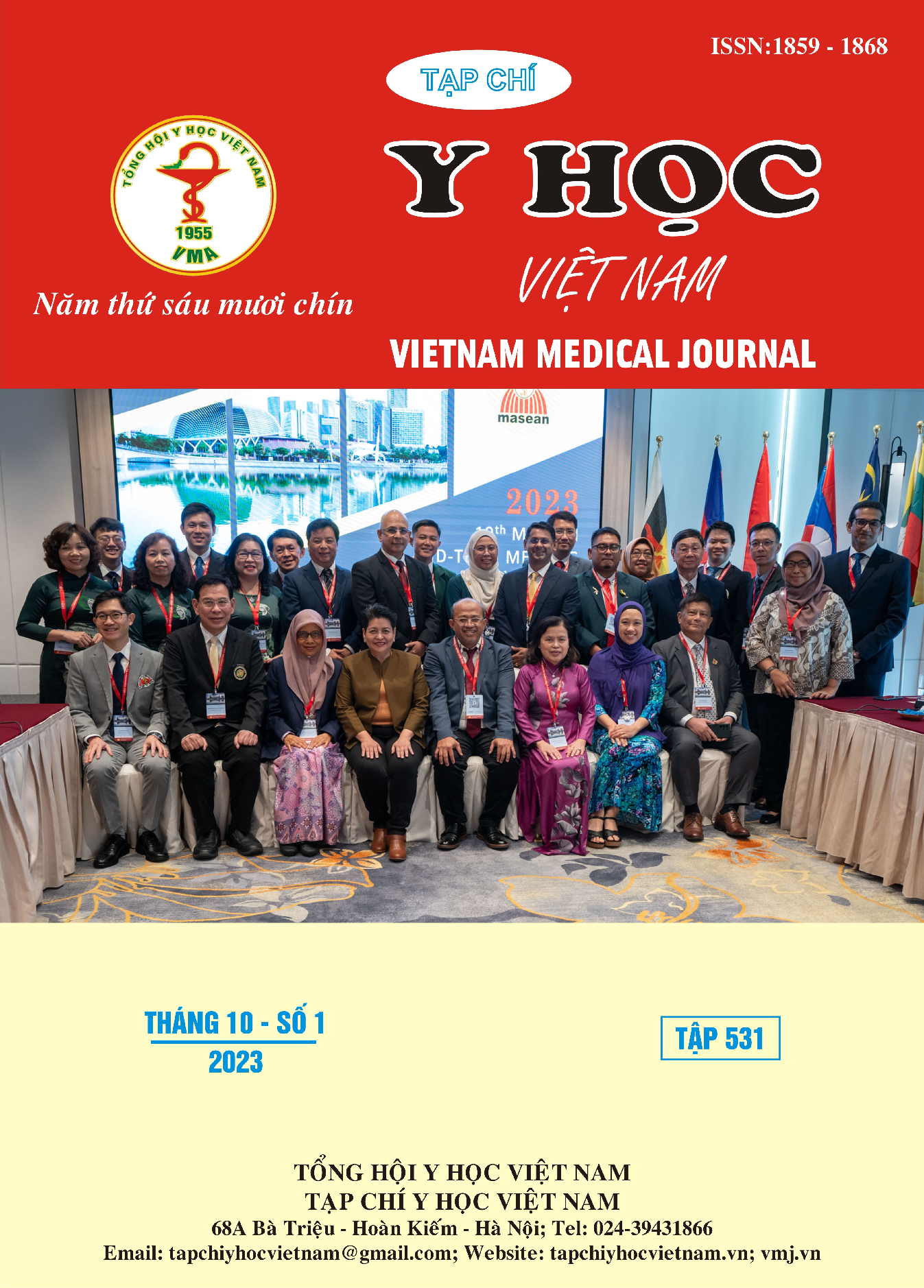EVALUATE THE EFFECTIVENESS OF EMLA 5% CREAM BEFORE PLACING PERIPHERAL INTRAVENOUS LINE AT VINMEC PHU QUOC INTERNETIONAL GENERAL HOSPITAL
Main Article Content
Abstract
Objectives: Evaluating the analgesic effect of using emla 5% cream before placing an intravenous line and finding out some undesirable effects when using emla cream for patients. Methods: Interventional, cross-sectional, prospective, non-controlledstudy. Results: The efficacy of 5% emla cream in analgesia with pain-free and mildly painless intravenous infusion (VAS≤3) was 95% with incubation up to 60 minutes. Side effects of the drug: Local burning sensation10%, Pale green and local swelling 7.5%. There were no serious complications or adverse events. Conclusion: The results showed that the use of emla 5% cream before placing the intravenous line significantly reduced pain and brought satisfaction to the patient.
Article Details
Keywords
Emla cream 5%; Effective pain relief; Peripheral transmission; Undesiable effects.
References
2. A Agarwal , G Yadav, D Gupta, M Tandon, S Dhiraaj, P K Singh (2022), “Comparative evaluation of Myolaxin and EM LA cream for attenuation of venous cannulation pain: A prospective, randomised, double blind study”. PMID: 17933159 DOI: 10.1177/0310057X0703500511.
3. B Hallén, P Carlsson, An Uppfeldt, Br.J. Anaesth (1985), “Clinical study of lignocaine-prilocaine cream for venepuncture pain”, PMID 3978014, Tr. 57, 3-328
4. Nott MR, peacock JL (1990), “Relief of injection pain in adults: Emla cream for 5 mins before venepuncture”, Anaesthesia 45(9):772-4.
5. Isha Yadav, Ankita Aggarwal, Mahima Lakhanpal, Himanshu Nirvan (2021), “Comparison of effectiveness of topical Emla Applied prior to intravenous cannulation for 15 minutes and 60 minutes”, The International Journal of Creative Research Thoughts (IJCRT) www.ijcrt.org, Tr. 693-698.
6. Hallen B, Olsson GL, Uppfeldt (1984), “A. Pain-free venepuncture; effect of timing of application of local anaesthetic cream” The Association Anaesthesia, 39: 969-972.
7. Ehrenstrom-Reiz G, Reiz S, Stockman (1983), “Topical anaesthesia with EMLA, a new lidocaine-prilocaine cream and the cusum technique for detection of minimal application time.” The Acta Anaesthesiologica ScanaHnavica, 27: 510-512.
8. M Smith, P Holder, K Leonard (2001), “Efficacy of A Five-minute Application of EMLA cream for the Management of Pain Associated with Intravenous Cannulation”, The Internet Journal of Anesthesiology, Volume 6 Number 1.


